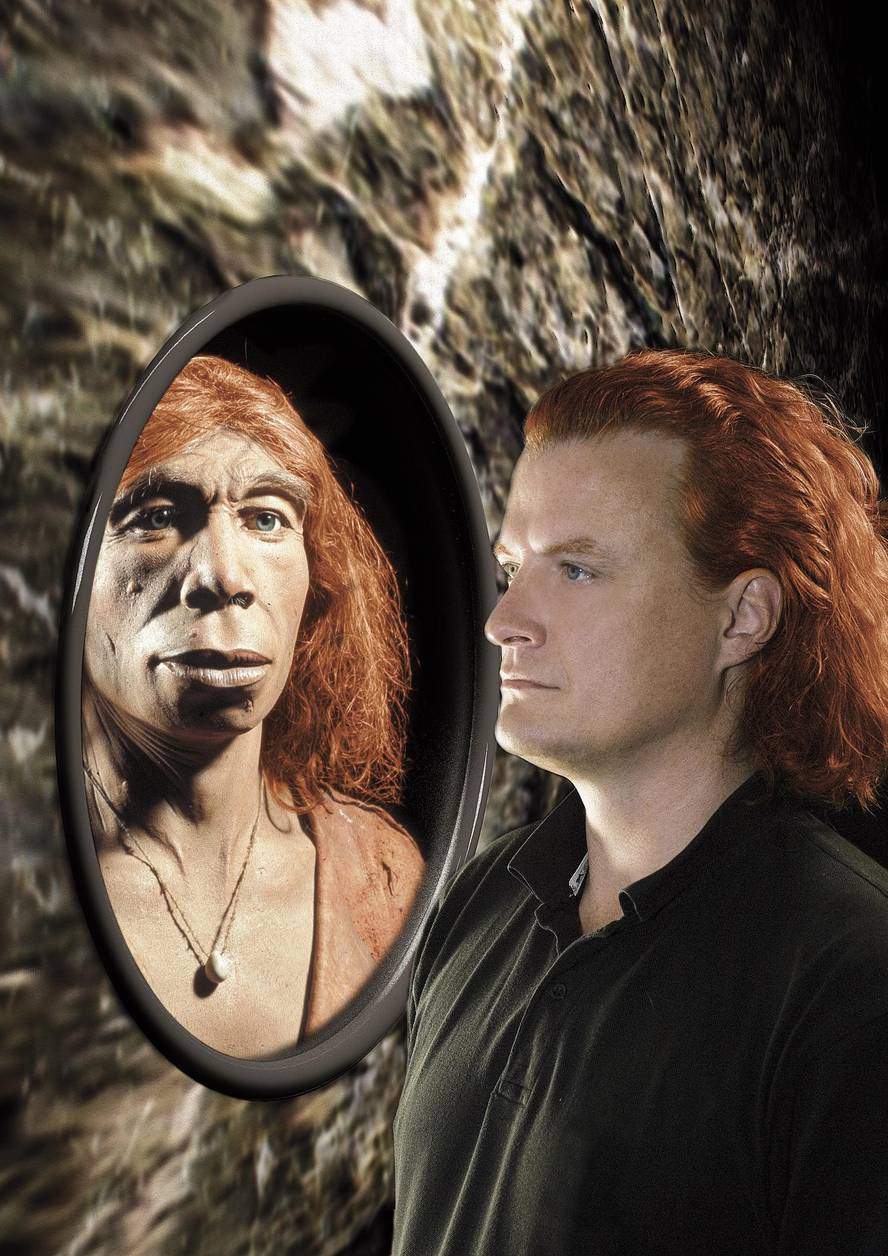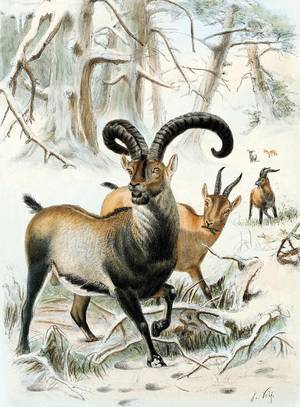Clar el neandertal, a chimera?
Earlier this year, an article published in Daily Maila caused a stir. Title of the article: "Neanderthal at the request of an adventurer to give birth. The Harvard researcher looks for his mother for a cloned cave baby." George M appears in the following lines. The researcher intended to clone the Neanderthal with the famous Church genetics and needed a woman to achieve the goal.
Although superficial, the article included technical details. The first step would be to create an artificial DNA based on DNA extracted from Neanderthal fossils. Subsequently, it would incorporate DNA into stem cells and stem cell into a human embryo. Thus, the developed embryo would have the characteristics of the Neanderthal. Finally, after a few days in the laboratory, the embryo of the "neo-neanderthal" would be placed in a woman's uterus.
The article ended by explaining the consequences of a Neanderthal's resurrection. According to him, Church believes it would be for good: "Neanderthals think differently from us. They can also be smarter than us." And he kept saying, "When it comes time to face a plague or flee the planet, your thinking can be beneficial."
But the next day, in statements to the Boston Herald, George M. Church cancelled the publication of Daily Mail. This article was based on an interview with the German magazine Der Spiegel, and everything seems to be a misunderstanding caused by a bad translation. He also made it clear that he had no intention of cloning a Neanderthal.
Der Spiegel interviewed Church's latest book ("Regenesis": How synthetic biology will re> nature and ourselves, that is, Recreation: how synthetic biology will reinvent nature and ourselves more or less). The title of the book itself, in addition to being very suggestive, during the same interview carried out provocative demonstrations.
For example, Church does not reject Neanderthal cloning, but believes it will be feasible in the short term. She also comments that her thinking may be beneficial to us and that she should be "a brave renting mother". But he insists that, although technically possible, it should be socially acceptable. As he progresses in the conversation, he forgets the Neanderthals and devotes much time to the possibilities of synthetic biology.
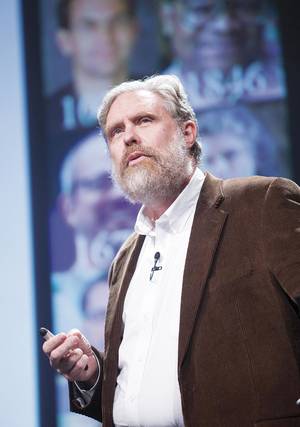
Absurd, totally
That was, therefore, the origin of the title of Daily Mail and the starting point of the salsa that arose later. However, despite its great media impact, many experts have not given any importance. For Jesus Mosterin, for example, the possible cloning of the Neanderthal is a "foolishness".
Professor of Logic and Philosophy of Science at the University of Barcelona and professor of research at the CSIC Institute of Philosophy, Mosterín believes that the intention is a nonsense: "We can't do it, we don't want to do it and we already have a lot of problems."
"I go to research centers and universities around the world and have never met someone who intends to clone a Neanderthal." "That's what I mean. "On the other hand, we are Neanderthals and we are very similar, so why do we create someone so much like us?"
In any case, it may make some technical sense, such as “challenge.” In short, Mosterín says that Dolly was also created for that, "to demonstrate that they were capable technologically". But then it has had no continuity: "It is evident that there is no flock by cloning, since it has no advantage."
From an ethical point of view, however, it does not seem to him to pose any problem: "Cloning is very common in nature, it reproduces a lot of living beings by cloning. And it also happens in humans: monocygotic twins are clones, which does not generate any ethical or moral litigation."
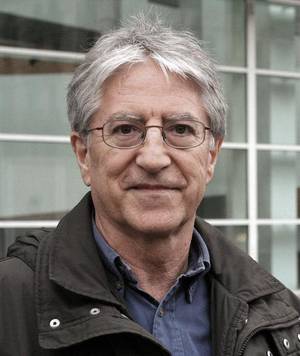
In any case, he has a clear opinion on Neanderthal cloning: "Besides impossible, it is totally absurd."
Away technologically
Ana Agirre, UPV-EHU genetics, knows the technical aspects of cloning well and agrees with Mosterín, which is technologically impossible. He explains that if someone wants to do so he would have no basic material. In fact, in March the most complete genome has been presented to date. "But even though the genetic code of the Neanderthal is complete, we don't know how chromosomes were made or many other essential details," Agirre warned.
According to him, it must be borne in mind that Church investigates synthetic biology. "His latest book, Regenesis, has been written on a DNA molecule. To do this, he has translated the written text with the normal alphabet into the binary system and replaced each zero and one with a DNA base (instead of zero, adenine or cytosine; and one by guanine or thymine). With this he has formed a molecule that, decoded, allows to read the book. That is, this DNA molecule has no biological objectives, it has used it to collect information."
In fact, researchers here and there work on it, investigating the possibilities offered by DNA for coding and storing information. "But this has nothing to do with creating a life," says Agirre.
In this field Craig Venter's experiments are known. In 2010, for example, he reported the creation of a synthetic bacterium in the journal Science and the methodology used for its elaboration. "Then there has been no breakthrough," said Agirre, "and it was a simple bacterium. And we talk about a human being, it accounts for how far we are."
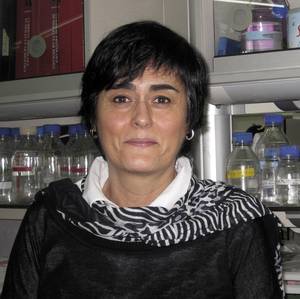
Despite these obstacles, cloning "is rarely done, expensive and unsuccessful." According to Agirre, the efficacy of fertilization in mammals is 1-3%, "and even lower is the percentage of live births that survive." In addition, one of the objectives of cloning is to recreate some characteristic of the original life, "but cloning does not guarantee it," said Agirre.
It incorporates an example of CarbonCopy cat. They started from a tricolor leather chain. The researchers believed that they knew quite well the genetics of this characteristic and it was thought that the cloned puppy would have the same skin as the original. At A&M University in Texas, 188 nuclear transfers were made that were installed in the seven-chain uteros. Only one was born, whose leather was different from the original.
Transgenic, not copies
In some species the results are better than in others. Most sessions have been done with mice and rats, and much progress has been made in both. In ruminants the technique has also been quite refined and know better than before what is the ideal time to perform the transfer of nucleus and what growth factors must be added so that the embryo develops correctly. However, despite the efforts made with pigs (due to their interest in xenotransplants), the results have not been as satisfactory as expected. And in primates they have achieved nothing.
However, Agirre stressed that currently the greatest interest of cloning is not to obtain a copy of a live, but the creation of GMOs. And it is that to get a being with a strange gene you can also use cloning. "In this case, they do not seek to maintain or expand a characteristic, but to create a being with a new characteristic in all their cells." This new feature may have therapeutic or commercial interest: "as in the case of goats giving spider net protein in milk."
It was in 2002 that Science published a study on transgenic goats that give spider thread in milk. The technique was developed by the company Nexia Biotechnologies and was called BioSteel. It has industrial and medical applications, but has not yet come out of laboratories and has come to market.
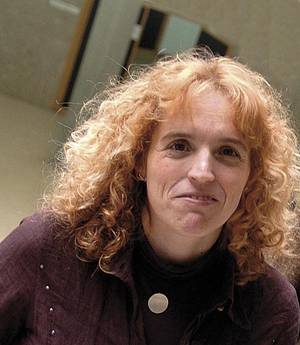
Thus, Agirre considers that science is far from cloning the Neanderthal, "to the light years."
Legal limits
Nor would it be easy from a legal point of view. Dr. Leire Escajedo has analyzed different alternatives: "Imagine a Neanderthal gamet. Well, the law of assisted fertilization prohibits mixing human gametes with non-human gametes. But what if we accepted it as human beings? The truth is that it would be within what law defines the person; it is a Homo, more or less human, and in our hypothesis it would be born of a woman. As a person, we would find the border somewhere else. We would be talking about the gamete of a dead person, long dead, who has not allowed the use of gametes (of course) and we would have a problem determining paternity. Therefore, the law would not allow it."
In any case, it is not possible to obtain a gamete from a Neanderthal; at most, cells with DNA can be obtained relatively well. From these cells, cloning could be used to regenerate the Neanderthal. However, Escajedo warns that human cloning is a crime. Remember that in Spain therapeutic cloning is legal: "It is not called cloning but obocito or reprogrammed cell activated and is legal, but in very specific cases."
However, if it is understood that the Neanderthal is not human, that embryo created by cloning would not be coherently "man". The law would not allow its implantation in a woman's uterus. "And in the womb of a primate? asks Escajedo. He then responds: "Apart from the limitations of using a human oculus, legislation does not provide for such alternatives. But primates are increasingly protected and there are stricter limitations to investigate with them. So I find it difficult to get permission."
Therefore, although the possible cloning of the Neanderthal has resulted in a long rope, for the moment it has a short path.



